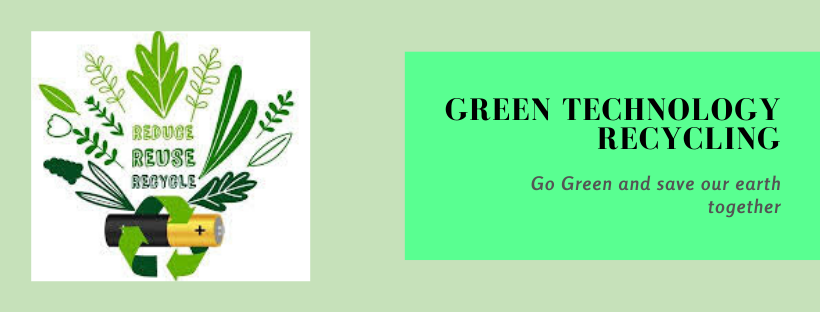.jpg) Green technology is one of the fastest growing employment sectors and it is not just a passing trend. There are so many different areas, and people are needed to serve in different aspects of the sector such as recycling jobs, green energy jobs and conservation jobs. It including the “not-so-green-job” jobs like human resource, finance and marketing. Read about the different types of eco jobs
Green technology is one of the fastest growing employment sectors and it is not just a passing trend. There are so many different areas, and people are needed to serve in different aspects of the sector such as recycling jobs, green energy jobs and conservation jobs. It including the “not-so-green-job” jobs like human resource, finance and marketing. Read about the different types of eco jobs
• Green energy---One of the most commonly known aspect of green technology, this area looks into the development of alternative, renewable, cleaner and sustainable sources of energy such as solar energy, biomass energy, wind power energy to replace non-renewable energies like petroleum and coal in meeting the world’s energy needs. Efforts include searching for new sources of sustainable green energy, improving the conversion of the energy sources to electricity, as well as the design and production of technologies that are able to make use of the alternative energy sources in performing the required functions. This area also looks into improving efficiency in our use of energy, such as through the design and production of energy efficient appliances and the introduction of energy efficiency standards like the Energy Star.
• Green manufacturing -- This area of green technology looks into the design and production of goods whose entire life-cycle leaves the smallest possible impact on the environment. In turn, the life-cycle of goods includes the production stage, the consumption stage as well as the disposal stage. This area could include the very farming or mining processes to derive the eco friendly or organic raw materials for the production process, transporting the raw materials to the production facilities, the design of the products. The actual production process, the distribution of the goods to retailers, and even the collection of the post-consumer goods for safe disposal or recycling.
• Recycling -- This area looks into carrying out the actual recycling process for the various recyclable materials. Besides the downstream recycling process, some in this area also work upstream in designing products that are recyclable, finding demands for recycle materials, or finding ways to recycle materials that are conventionally not recycled.
• Green buildings and urban planning -- This area of green technology looks into the design and construction of eco friendly buildings and urban cities, so as to minimize the impact that these man-made structures have on the natural environment. Efforts in green building could include the design and construction of buildings that are energy efficient, make use of eco friendly materials and minimize wastage in the construction process, In turn, sustainable urban planning efforts could include planning for an effective and low-emission public transport system so as to reduce need for private transport, measures to counter the “heat island effect” so as to reduce the need for air-conditioning, increasing the ability of the city to power itself using renewable energy sources so as to reduce reliance on non-renewable energies.
• Pollution control -- This area of green technology looks into addressing the pollution problems in the world today. Efforts could include clearing up currently polluted areas like the Oceanic Garbage Patches, polluted rivers and landfill lands as well as the design and production of technologies and standards that will help reduce pollution such as filters for the exhaust gas leaving power stations and vehicles, effective treatment systems for sewage and waste.
• Conservation -- This area looks into conservation of the various natural resources, such as fresh water conservation, land and energy conservation. Efforts also include conservation of wildlife and forestland conservation. Impressive advances in green technology have been made during the past few decades. It has greatly benefited from overall developments in electronics, biotechnology, materials sciences and other areas of technology. For example, the development of fuel cells for the space travel program created the possibility for the use of hydrogen (H2) as a non polluting transport fuel.
